Top Fashion Design Colleges in India 2023/ 2024 – India Today Rankings
Aspiring fashion designers in India have a plethora of talented colleges to choose from. But with so many options, it can be tough to decide
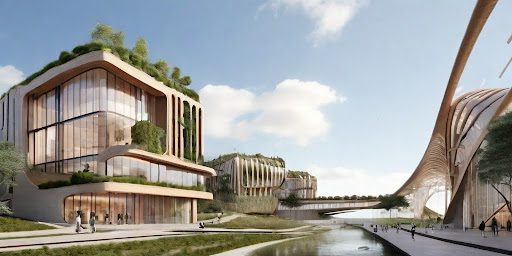
In an era marked by environmental consciousness and sustainability, architects play a pivotal role in shaping the built environment to minimize ecological impact and promote sustainable living. Aspiring architects preparing for NATA 2024 must stay abreast of Architectural Trends for NATA, incorporating the latest innovations in sustainable architecture to address pressing challenges like climate change and urbanization. In this blog, we’ll delve into key insights and trends in sustainable architecture, providing valuable inspiration for NATA aspirants seeking to make a positive impact through their designs
Explore the latest Architectural Trends for NATA aspirants, focusing on advancing sustainability through passive design, green building materials, and innovative strategies for energy efficiency and environmental resilience.
Discover More: NATA Live Class Room | Study Material for NATA
Sustainable architecture is not just a trend; it’s a moral imperative and a professional responsibility for architects to design buildings that minimize environmental impact, enhance the quality of life, and promote social equity. By exploring Architectural Trends for NATA and insights, aspirants can cultivate a deeper understanding of the principles and practices that drive sustainable design innovation. Armed with this knowledge, aspiring architects can create visionary designs that not only meet the needs of today but also contribute to a more sustainable and resilient future for generations to come.
This blog post is not an official representation of the National Institute of Fashion Technology (NIFT). The content provided is for informational purposes only and is based on available resources and our previous teaching experience. Readers are advised to conduct their own research and verify information through the official NIFT website for the most authentic information.
Keep an eye on igniteindiaeducation.com around September-October 2024 for updates.
IGNITE INDIA EDUCATION Best Coaching for NIFT NID NATA UCEED CEED CLAT
Head Office – 1658, 1st Floor, 27th Main, Sector 2, HSR Layout, Bangalore – 560102
For further information about coaching classes and college admissions, please do not hesitate to contact us at 8884544480.
Ignite India Education, a pioneer in coaching for various design, architecture and management entrance exams, is committed to nurturing the talents of the youth, shaping their futures, and contributing to the nation’s growth. Founded in 2006, Ignite India Education has consistently ranked as a premier coaching institution.

Aspiring fashion designers in India have a plethora of talented colleges to choose from. But with so many options, it can be tough to decide

Unfortunately, The “best” NIFT for you depends entirely on your individual needs, career goals, and preferences. It’s important to understand that each NIFT campus has
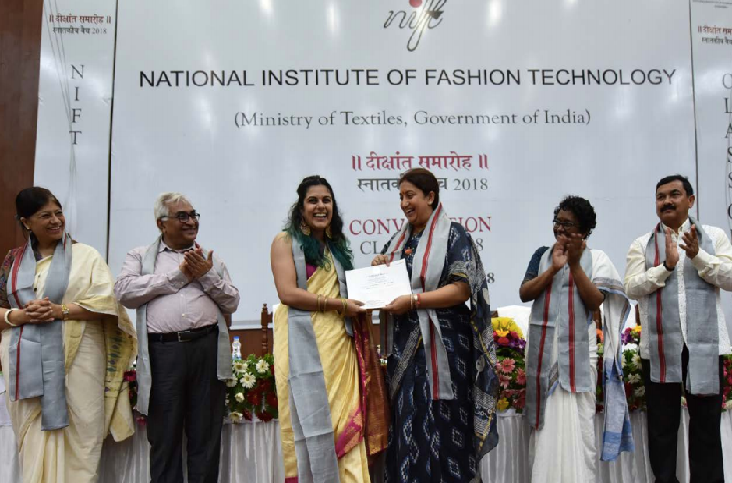
Aspiring designers often dream of studying at the National Institute of Fashion Technology (NIFT), but what makes it such a coveted name in the design

Introduction The NATA (National Aptitude Test in Architecture) exam serves as a crucial stepping stone for aspiring architects, providing a gateway to prestigious architecture colleges

Introduction The National Aptitude Test in Architecture (NATA) is a crucial milestone for aspiring architects, serving as a gateway to prestigious architecture colleges and universities

Introduction While NIFT (National Institute of Fashion Technology) is renowned for its exceptional fashion design programs, it offers a diverse array of courses beyond fashion



By signing up for IgniteIndia. You agree to the Terms of Services and PrivacyPolicy of the platform.
Aspiring fashion designers in India have a plethora of talented colleges to choose from. But with so many options, it can be tough to decide

Unfortunately, The “best” NIFT for you depends entirely on your individual needs, career goals, and preferences. It’s important to understand that each NIFT campus has

Aspiring designers often dream of studying at the National Institute of Fashion Technology (NIFT), but what makes it such a coveted name in the design

Time management is crucial for success in any exam, and the NATA is no exception. Here are some effective strategies to help you allocate your

The clock is ticking for the National Aptitude Test in Architecture (NATA) 2024, but don’t panic! Even with limited time, you can optimize your prep

Aspiring architect? Dreaming of shaping skylines and crafting spaces that inspire? Then cracking the National Aptitude Test in Architecture (NATA) 2024 is your first crucial
Fashion Designer, Educational and Career Counselor. He is an alumnus of NIFT and won the Best Graduation Project Award. He is guiding students from the past 15 years.
Fashion & Textile Designer, Educational and Career Counselor. He is an alumnus of NIFT and won the Best Graduation Project Award. He is guiding students from the past 10 years.
Ignite India Education is inspired by the former President of India Bharat Ratna Dr. APJ Abdul Kalam’s vision of “India Beyond 2020”. Our aim is to fulfil his vision by empowering society and transforming India into a developed nation through education.
Ignite India Education is inspired by the former President of India Bharat Ratna Dr. APJ Abdul Kalam’s vision of “India Beyond 2020”. Our aim is to fulfil his vision by empowering society and transforming India into a developed nation through education.
Fashion Designer, Educational and Career Counselor. He is an alumnus of NIFT and won the Best Graduation Project Award. He is guiding students from the past 15 years.
Fashion & Textile Designer, Educational and Career Counselor. He is an alumnus of NIFT and won the Best Graduation Project Award. He is guiding students from the past 10 years.
Ignite India Education is inspired by the former President of India Bharat Ratna Dr. APJ Abdul Kalam’s vision of “India Beyond 2020”. Our aim is to fulfil his vision by empowering society and transforming India into a developed nation through education.
Fashion & Textile Designer, Educational and Career Counselor. He is an alumnus of NIFT and won the Best Graduation Project Award. He is guiding students from the past 10 years.
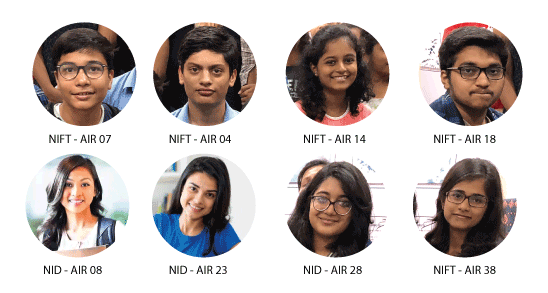

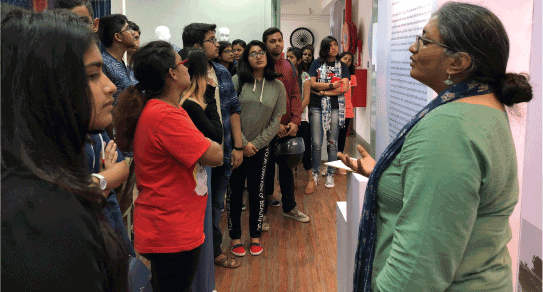
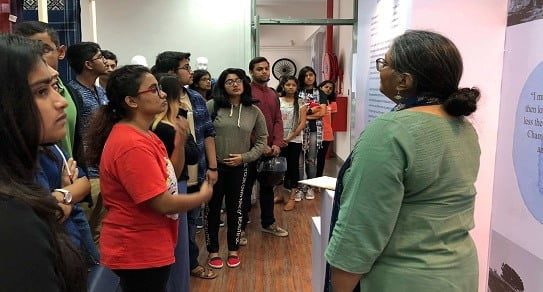



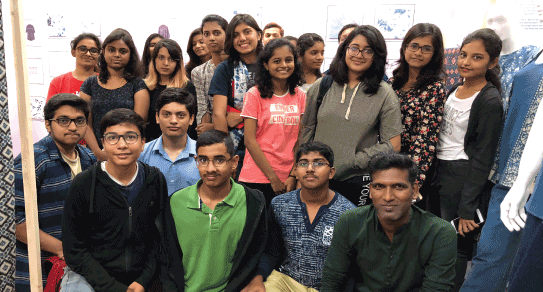
Ignite India Alumni networks provide the long-term value to an educational institution by giving alumni the chance to stay in contact and continue to learn from each other long after they have left Institute. Ignite India is a Well Known Design Institute that equips students for success in career.
